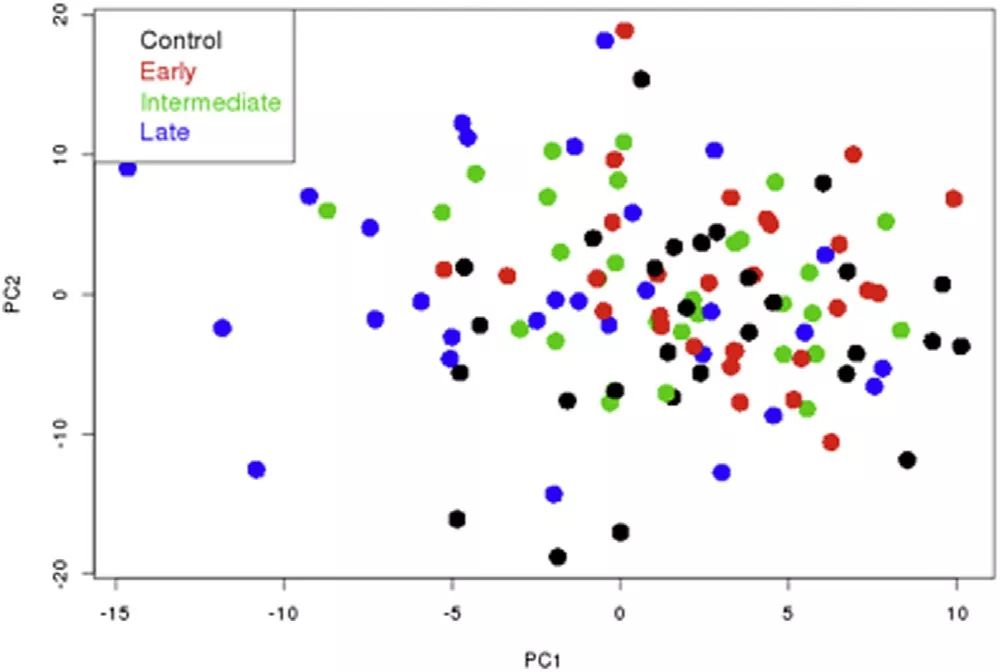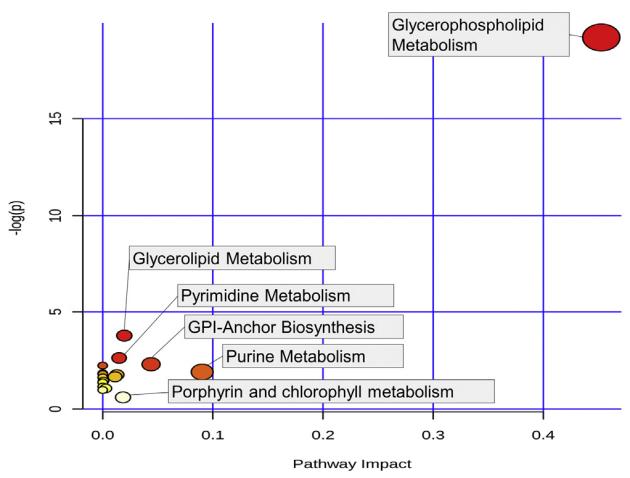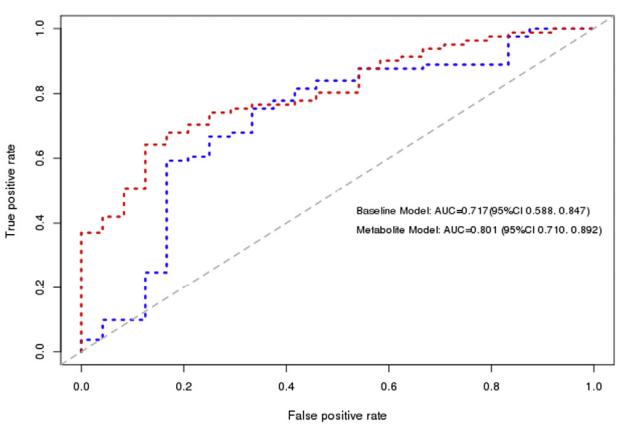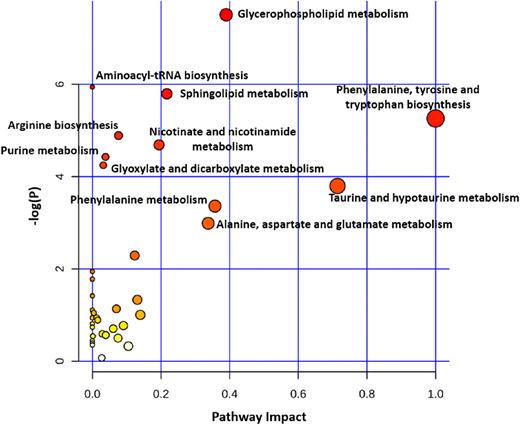Age-related macular degeneration (AMD) is one of the leading causes of blindness worldwide and is the leading cause of irreversible blindness in the elderly. AMD disease has no obvious clinical symptoms in its early stages and is not easily detected. The retina is a metabolically active tissue in the body, and many small molecules are enriched in the outer layers of the retina, and disease states can cause metabolic changes. The use of metabolomics in the study of AMD is expected to reveal complex mechanisms of disease treatment and identify potential biomarkers of disease progression.
Case 1 AMD untargeted plasma metabolomics analysis (1)
AMD is the third most blinding disease in the world, occurring mainly in people over 50 years of age. The lack of a timely and effective diagnostic Biomarker poses a great challenge for the early diagnosis and treatment of AMD.
Researchers collected and screened plasma samples from AMD patients over 50 years of age (early stage: 29 cases, mid-stage: 30 cases, late stage: 30 cases) and controls (no vitreoretinal disease: 30 cases) for untargeted metabolomics analysis using UPLC-MS. A total of 878 metabolites were identified in this experiment. Of these, 173 were exogenous metabolites and were therefore excluded from the subsequent analysis.
The researchers performed PCA analysis, multiple logistic regression analysis, and ROC analysis on the metabolomics data for evaluating metabolomic differences between AMD patients and controls. After excluding the effects of age, gender, BMI and smoking habits, a total of 87 significantly different metabolites were associated with AMD, 72 of which were lipids.



A. Scatterplot showing principal component 1 (PC1) and principal component 2 (PC2) with controls and age-related macular degeneration (AMD) groups.
B. Graph showing pathway analysis based on the 87 metabolites associated significantly with age-related macular degeneration.
C. Receiver operating characteristic (ROC) curve analysis of model including the 87 significant metabolites compared with the baseline model.
Metabolic pathway enrichment analysis using MetaboAnalyst revealed that these significantly different metabolites were highly enriched in lipid metabolic pathways, particularly the glycerophospholipid metabolic pathway.
Patients with AMD had a significantly altered metabolome compared to controls, and these metabolites were significantly enriched in the glycerophosphate pathway metabolic pathway. These findings have helped to improve the medical community's understanding of the pathogenesis of AMD, advance the development of plasma biomarkers for AMD, and provide direction for identifying new targets for the treatment of this blinding disease.
Case 2 AMD metabolic marker analysis (2)
This article provides a comprehensive review and analysis of 13 metabolomics studies on AMD to identify valuable metabolic biomarkers and pathways involved in AMD. The studies involved four sample tissues, including serum (n = 3), plasma (n = 7), urine (n = 1), atrial fluid (n = 1), and serum and plasma (n = 1). Analytical platforms for metabolite detection used MS in 10 studies and NMR platforms in three others. Sample sizes ranged from 40 to 6533 individuals.

Results of the pathway analysis of metabolic biomarkers of AMD (Hou et al., 2020)
By comparing the metabolic differences between AMD patients and controls, abnormal metabolism was found for pathways related to lipid metabolism, including glycerophospholipid and sphingolipid; pathways related to nucleotide metabolism, including phenylalanine, tyrosine and tryptophan biosynthesis, arginine biosynthesis, purine, phenylalanine, and alanine, aspartate and glutamate metabolism, and related metabolites include ethanolamine phosphate, phosphatidylethanolamine, sphingosine, l- glutamine, l-aspartate, and guanine have potential as potential markers of AMD. The study provides an opportunity for the construction of diagnostic or predictive models for AMD and the discovery of new therapeutic targets.
Resources
- Laíns, I., Kelly, R. S., et al. (2018). Human plasma metabolomics study across all stages of age-related macular degeneration identifies potential lipid biomarkers. Ophthalmology, 125(2), 245-254.
- Hou, X. W., Wang, Y., & Pan, C. W. (2020). Metabolomics in age-related macular degeneration: A systematic review. Investigative ophthalmology & visual science, 61(14), 13-13.






